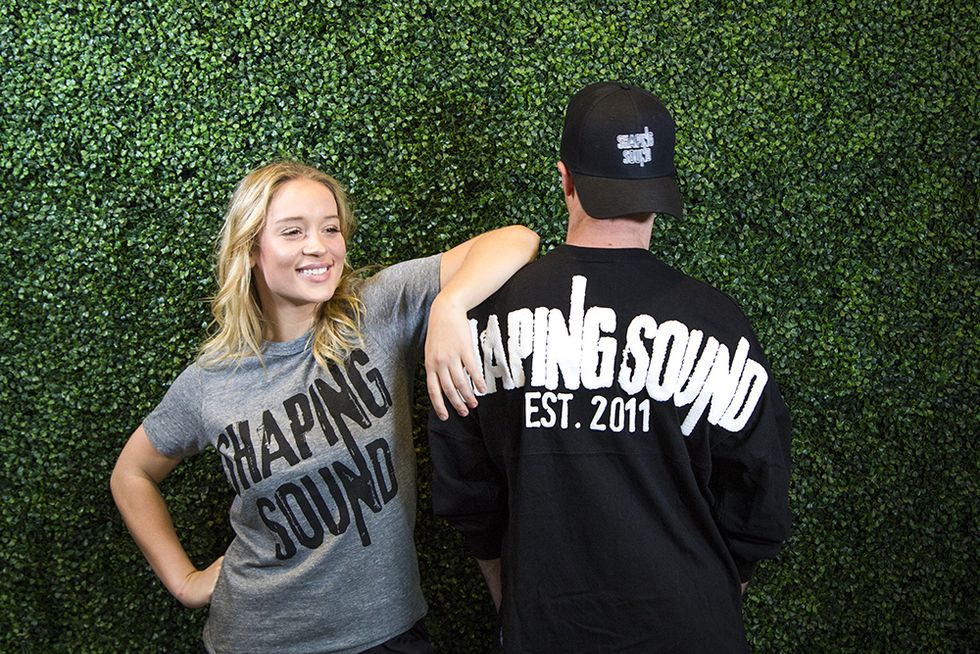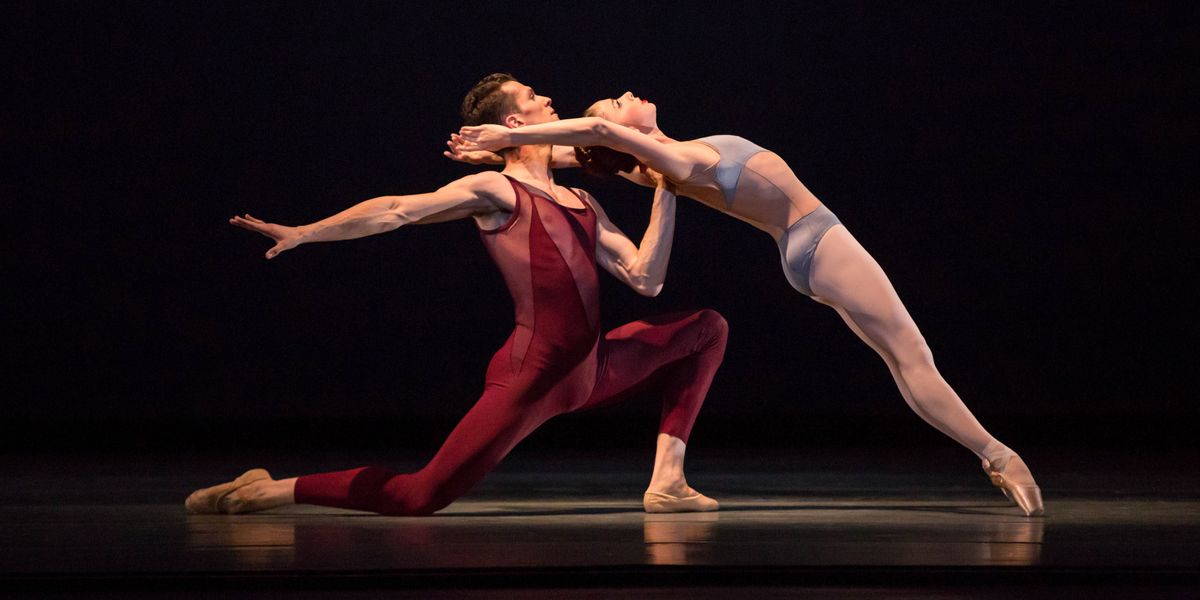These Dance Companies' Revenue Streams Aren't What You'd Expect
It’s an ongoing question for large and small companies alike: How can we increase ticket sales? Tickets are the primary product dance troupes are selling. But what if there were other untapped avenues to make money, and even expand your audience in the process?
Some companies are exploring the possibilities. L.A. Dance Project recently launched the subscription-based ladanceworkout.com, offering streaming workout videos led by company members. Groups of all sizes and even some individual dancers have launched merchandise lines bearing their logos. And, of course, there’s the perpetually innovative Pilobolus, which has been in the creative-revenue game for years, with books, advertisements, corporate appearances and more. Companies told us what it takes to expand revenue streams beyond ticket sales:
They Look for Opportunities to Collaborate
At the Joffrey Ballet, collaborations are abundant. But one of their most interesting—and perhaps unexpected—partnerships started when the hotel brand JW Marriott approached them in 2014. “They could see a connection between the way dancers prepare for their performance and the way they want their staff to prepare for their day,” says artistic director Ashley Wheater. “Whether you’re working as a concierge or at the front desk, it’s all a performance.” So JW Marriott and the Joffrey created a series of warm-up videos, called Poise and Grace, that hotel employees at the Chicago location performed in groups before each shift. “The video is about how you connect with someone, your eye contact, your hand gestures,” adds Wheater.
The project was such a success that JW Marriott invited Wheater to brainstorm ideas for designing the interior of their properties, recognizing the value of someone who has devoted a career to designing movement in space. Now, they’ve produced two exercise videos for guests at select hotels around the world to stream in their rooms. For JW Marriott, the partnership reinforces the brand’s commitment to wellness and elegant living; for the Joffrey, it’s a source of income and a way to boost the company’s presence in front of potential ticket buyers.
They Copy What Already Works
Being so close to the competition and convention circuit, Shaping Sound has long known the value of branded merchandise. “We saw how well merch did for those tours and that if Travis Wall and Nick Lazzarini were wearing something, dancers would want it,” says producer Nikole Vallins. A significant chunk of its customer base is made up of non-dancers, so the company offers clothing that could easily cross over between dancewear and general activewear. “It’s half about revenue and half branding. Occasionally we’ll give a free T-shirt to an influential dancer—someone we want to be wearing and loving our shirt and putting it on social media.” While Shaping Sound’s ticket sales can vary from one city to the next, Vallins finds that the merchandise sells well in every market the company visits.

Shaping Sound sticks to merch that’s high-quality and dancer-approved. Photo courtesy Shaping Sound
Ventures like this aren’t reserved for big-name groups. “Years ago, I would have said you need to be established to sell merchandise,” says Vallins, “but one of our dancers, Lex Ishimoto, created his own clothing line and was selling pieces online before going on ‘So You Think You Can Dance.’ ” Today everyone from local ballet companies to experimental choreographers can be found hawking branded tote bags after performances.
They Meet the High Expectations of Dancers
Vallins says that Shaping Sound has learned from audiences what sells best. In their first year, they offered a tank, but, looking back realized that “it’s not something that one of us would have ever worn,” she says. Now, they work with designers who create custom merchandise for luxury fitness studios like SoulCycle and Barry’s Bootcamp. Quality, Vallins says, is what will help your product reach customers beyond your obvious supporters—it’s also why people will come back.
They Aren’t Afraid to Ask for Help
Pursuing alternate revenue streams is a commitment—and not something you can do halfway. “It takes much more time, energy and attention to detail than people think,” says Vallins. “And orders can suddenly skyrocket.”
Do your research first. Ask a colleague with retail experience out to coffee, or pick the brain of a friend who works in marketing. “It does require an up-front investment,” says Vallins.
When making creative decisions, always remember why you’re doing it—apart from the money. “Every partnership that we think about is mission-based—with Marriott it is to provide an understanding of wellness in a complete sense of the word,” says Wheater. “It’s about a lot more than the money involved.”




